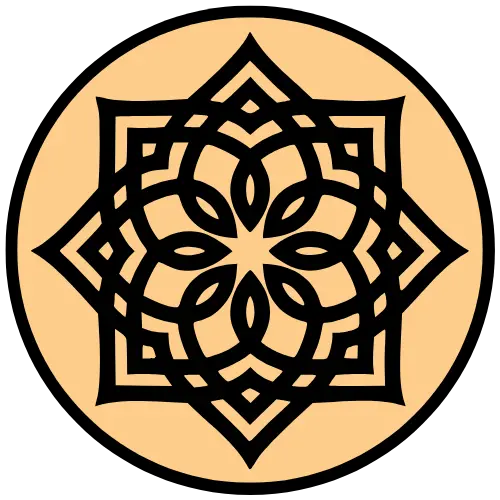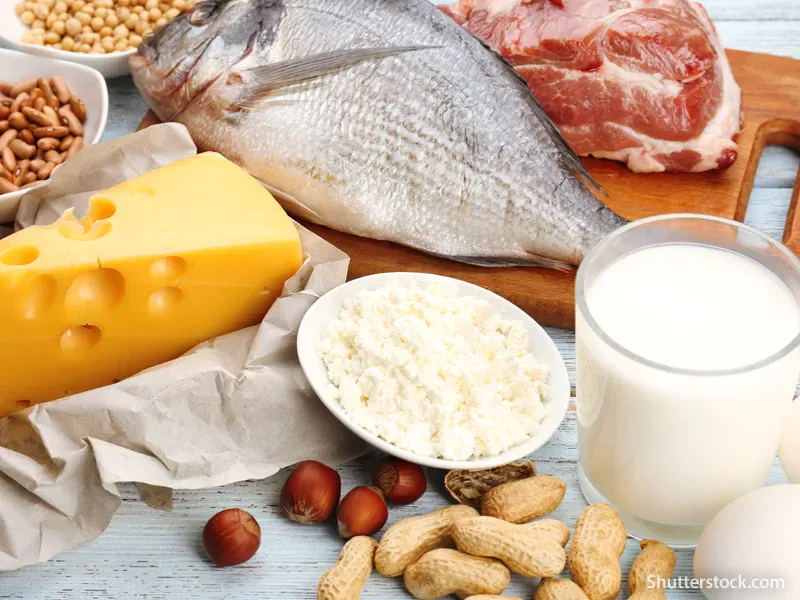Kashrut, Explained!
Part I: Meat and dairy
This article, on the origins and practices of the separation of meat and dairy, could have started with ranting. There are so many insane things happening in the kashrut industry, in private homes, and in educational institutions, that I should be complaining here that no one studies Halakha anymore. No one looks up the sources historically and methodically to see what were the definitions and boundaries of the prohibition against mixing meat and dairy in the time of the Torah, Mishnah, Talmud, Geonim, Early and Late Medieval times.
I could have pointed out that as a result of this neglect we have a wide array of laws and practices which could best be described as illogical or anti-constitutional. I should have been pulling my hair (what’s left of it) in frustration with the tri-color system for dairy, pareve, and meat, which now includes pot holders, oven mitts, and aprons. It is only a matter of time before we get tri-color toothpicks and cleaning maids (and maybe the tri-color pasta should be banned altogether, since it mixes colors representing meat, dairy, and pareve).
I could have told you how upset I was when the schools I taught at or the ones my kids attended would not sell dairy desserts in the kiosks or dining rooms on “meat days” even though many students were vegetarian or brought their own meals, and how upsetting is the mere idea of “meat days” and “dairy days”.
What is the administration afraid of? That Joey will try his friend’s cream cheese sandwich after having his own cold cuts one? Wouldn’t it be better to educate children as to what they can and cannot share, just as we do with milder allergies or gluten-free diet? Why, for heaven’s sake, would we force all students to eat meat or dairy on a certain day, when even if that rare instance of CC after CC happens, it would be only a late and secondary Minhag to have been breached, unless Joey and his friends are melting their sandwiches together over the Bunsen burner in the chemistry lab, thus rendering it a biblically forbidden food.
I could and should have protested the creation of separate eating zones in malls in Israel, or the promulgation of the idea that a Kosher household requires 2 sinks, refrigerators, ovens, microwaves, and dishwashers (or perhaps 3?). Not everyone can afford that and it is a sin to force people to spend money unnecessarily, as the rabbis said: התורה חסה על ממונן של ישראל.[1]
I could have written all that, but I don’t want to dwell on negativity or sound belligerent, so instead I will start with a historical review of the laws of Meat and Dairy, to hopefully illuminate the boundaries of the prohibition and how it has evolved (or devolved) from generation to generation.
Before I do that, one last introduction: why is it that people are so obsessed with the separation of meat and dairy?
There are three main reasons, two of them instinctive and quite ancient, and one a product of modern time:
- There is a deeply rooted concept of “Taboo foods”, in most cultures. Originally it was a protective device against consuming dangerous foods, but when merged with religious beliefs, we react with disgust and fear to harmless foods. Food-related taboos are among the most powerful taboos because they deal with things we put into our body, so that breaching the taboo creates a sense of violation, invasion of privacy, and contamination.
- The fear of transgression is greater when the foods are forbidden only under certain circumstances but otherwise edible. The two most salient example in Jewish law are hametz, which is allowed year-round and forbidden on Pesah, and Meat and Dairy, which are allowed separately but forbidden when combined. We can analogize that to Fugu, the Japanese dish prepared from pufferfish. The fish is lethally poisonous but certain parts are considered a delicacy, and only certified chefs, trained for three or more years, are allowed by law to prepare the dish (there were cases of accidental death, if you were wondering). For the observant person, indoctrinated from youth, the Meat/Dairy dichotomy is an ongoing nightmare of trying to eat pufferfish. If you prepare and eat it per the strict law it is delicious, but if not, it’s a death sentence.
- The Kashrut conglomerates have turned the fears and taboos into a tremendously successful money making machine. Everything is marketable and profitable, silly kitchen utensils, appliances, supervision, and more.
How did we get from there to here?
A chronological review of the laws of separation of meat and dairy
Torah
The prohibition is mentioned in the Torah with five words:
לֹֽא־תְבַשֵּׁ֥ל גְּדִ֖י בַּחֲלֵ֥ב אִמּֽוֹ
You shall not cook a kid (a young goat) in its mother’s milk.
These words are repeated three times in the Torah: Ex. 23:19 and 34:26, and Deut. 14:21.
The two mentions in Exodus are part of a larger, almost identical text which speaks of the pilgrimage holidays:
Three times a year all males in your household shall come to present themselves to God; Do not slaughter a sacrifice with Hametz, and do not let the meat of the Pesah stay until the morning; Bring your first fruits to the House of God; Do not cook a kid in its mother’s milk.
In Deuteronomy, the context is different, but the theme of pilgrimage is still mentioned. The Torah first lists non-kosher animals, then speaks of a נבלה, which literally means a dead animal but according to oral tradition means an animal whose slaughtering process was flawed. The next item in the verse is cooking a kid in its mother’s milk and then the Torah moves on to speak of tithes and how one should eat those tithes in Jerusalem.
The wording of the prohibition and its context have presented many problems to Torah commentators and authors who set out to list and explain the Mitzvoth. Here are some of them:
- What is the connection between the prohibition and pilgrimage?
- Why is it phrased as limited to a kid in its mother’s milk?
- Why is the prohibition of eating not mentioned?
- The Torah always states a prohibition and a consequence: you shall not… he who does so will…, but no such formula is mentioned regarding this prohibition.
- Why is the prohibition repeated three times, apparently with no additional information?
Since the focus of this article is Halakha I will deal only with the third problem: where is the prohibition of eating? The famous answer to this question also addresses the problem of redundancy:
The Torah mentions the prohibition three times, to teach us that there are three separate prohibitions:
- One is not allowed to cook meat with milk (even with the intention to throw it away).
- One is not allowed to eat meat which was cooked with milk.
- One is not allowed to derive benefit from such food (i.e. by selling it, giving it, or feeding it to his dog).
Many orthodox Jews who recite this answer as an axiom when questioned about the origin of the prohibition in the Torah, believe that it is a text-based interpretation and that it is the opinion of all Mishnaic and Talmudic rabbis, but the truth is not so simple, as we shall see in our discussion of Mishnaic and Talmudic sources.
[1] תלמוד בבלי, ראש השנה, כז:א, ובעוד שנים עשר מקומות בתלמוד









Ohr HaChaim Yomi – Emor